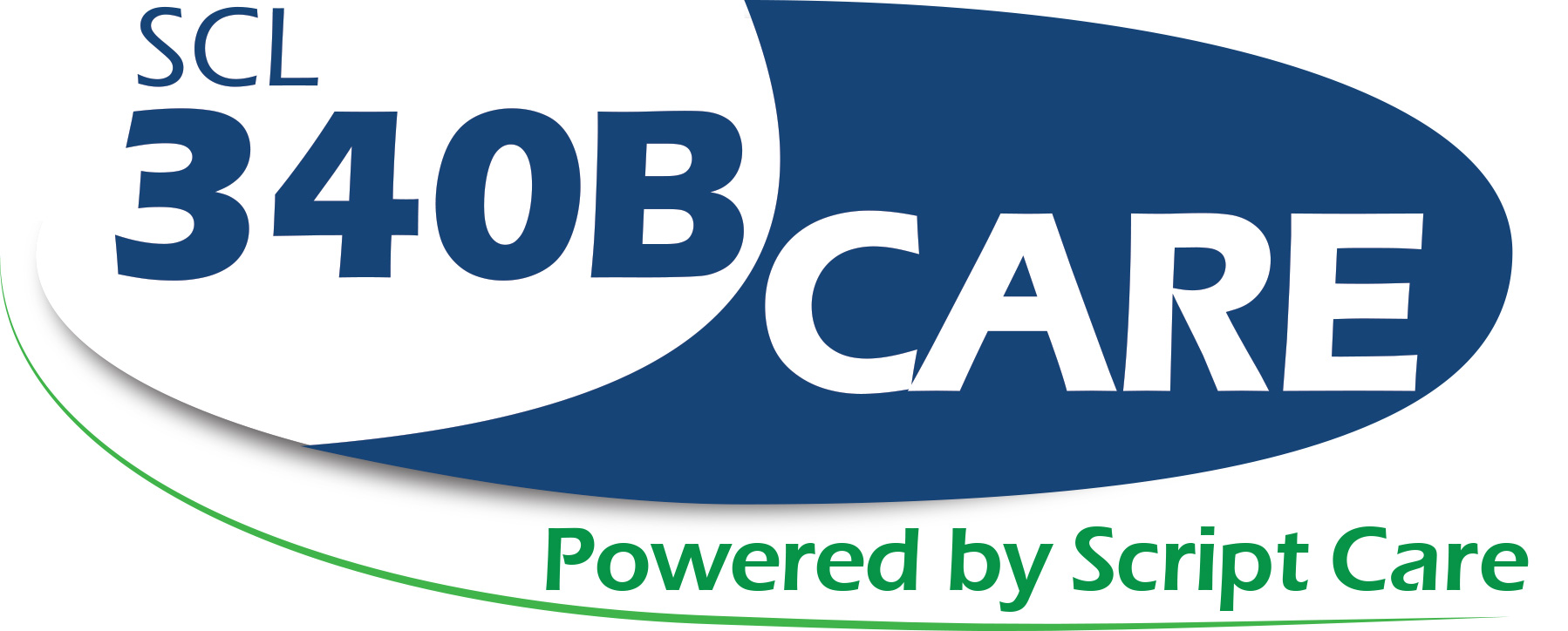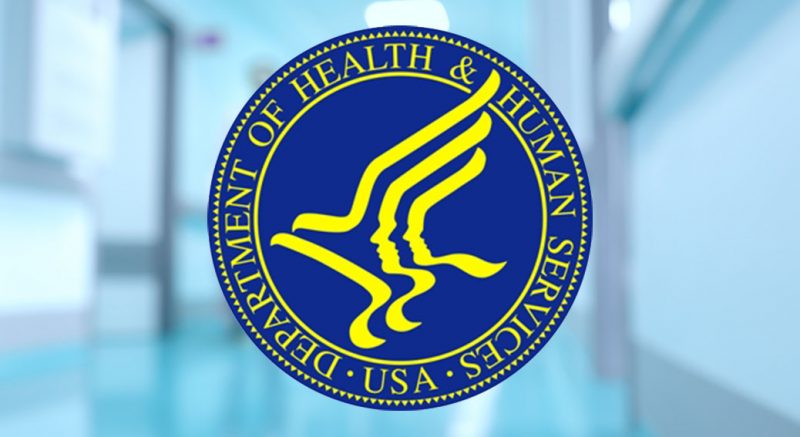05 Sep HHS Effectively Lowers Drug Pricing
One year ago, The Medicare Negotiation and Competitive Licensing Act was introduced to increase transparency and allow the government to negotiate drug pricing with manufacturers. Recently, the Senate Finance Committee introduced the Prescription Drug Pricing Reduction Act of 2019 to address the high costs of...










